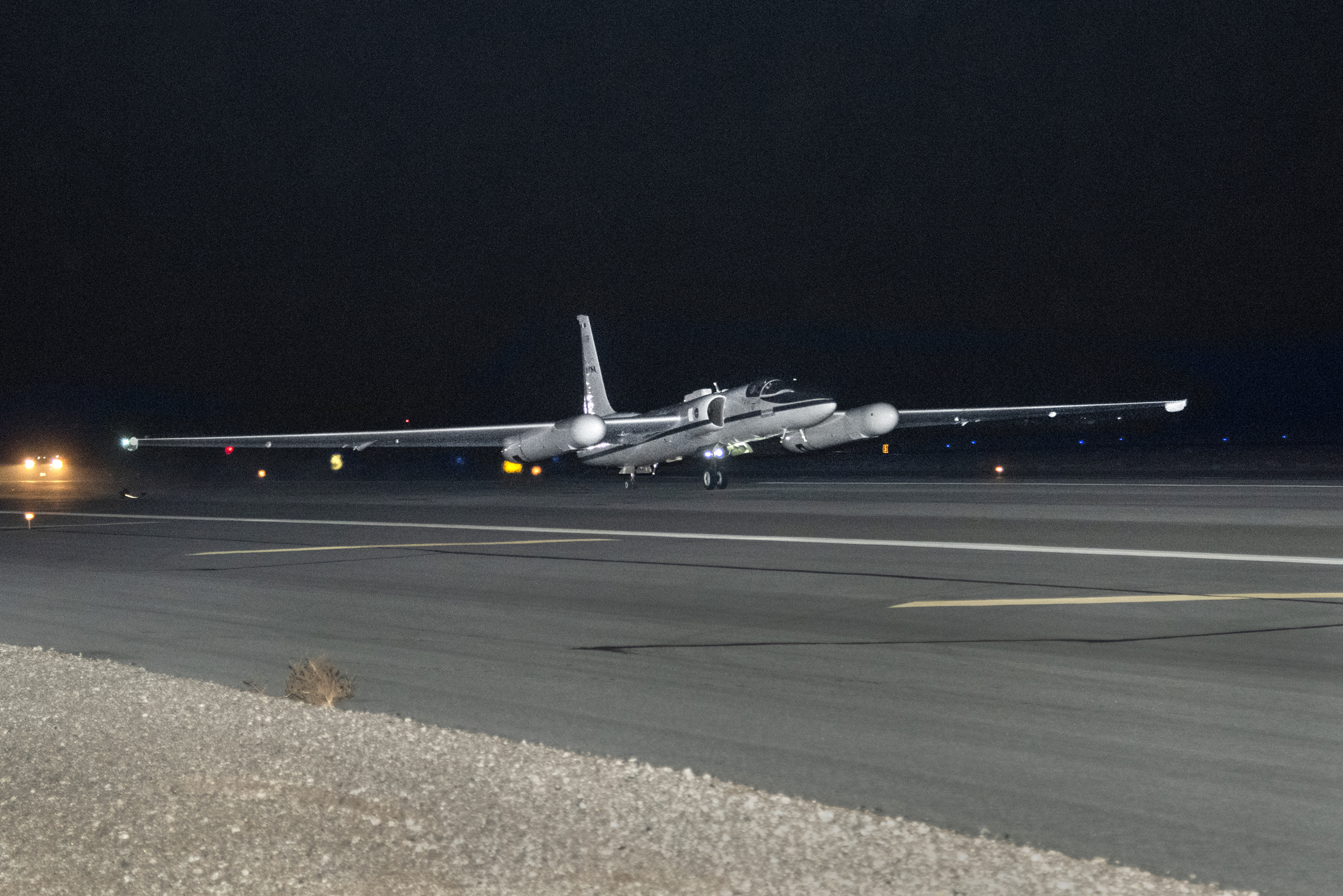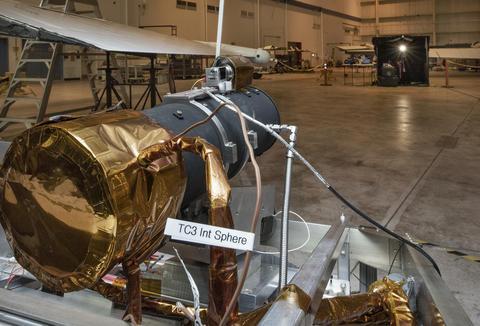Airborne Lunar Spectral Irradiance (air-LUSI) Instrument

Telescope Details
Location
Flown on NASA’s ER-2 aircraft, a high-altitude aircraft based at NASA Armstrong Flight Research Center in Edwards, California
Purpose
The Airborne Lunar Spectral Irradiance (air-LUSI) instrument is helping to characterize the Moon as a reference standard for calibrating Earth-observing satellites. Reliable, accurate satellite-based measurements of our planet can help industries from agriculture to meteorology to mining.
Air-LUSI's measurements can inform models of the lunar irradiance that predict how much light a space-based sensor will receive when it observes the Moon. This allows calibration of the sensor on-orbit without the need for additional hardware. This is particularly useful for small satellites and cubesats that lack the payload space for onboard calibration instruments.
NIST’s role
NIST led the development and calibration of the Air-LUSI instrument, which includes a telescope and spectrograph.
Significant discoveries
Air-LUSI has completed seven engineering and demonstration ER-2 flights, successfully recording lunar observations on six flights. It took its first science flights in March 2022, with the instrument making successful measurements on four of five scheduled nights. Air-LUSI’s second science campaign took place in March 2025. The data it collected, available through NIST’s data portal, is 10 times more accurate than the previous state of the art.
Other interesting facts
The “near-space airplane” operates as high as 21 kilometers (about 13 miles) above sea level, to enable measurements above most of Earth’s interfering atmosphere. Air-LUSI flies at night with the telescope mounted inside a wing pod that is open to air that can be as cold as minus 60 degrees Celsius. A robotic mount keeps the telescope tracking the Moon, compensating for aircraft motion.
Supported by
NIST, University of Maryland Baltimore County, NASA Headquarters, NASA Goddard, University of Guelph, McMaster University and the U.S. Geological Survey
Operated by
NIST, University of Maryland Baltimore County, NASA Goddard, NASA Armstrong, McMaster University and the U.S. Geological Survey
Media


